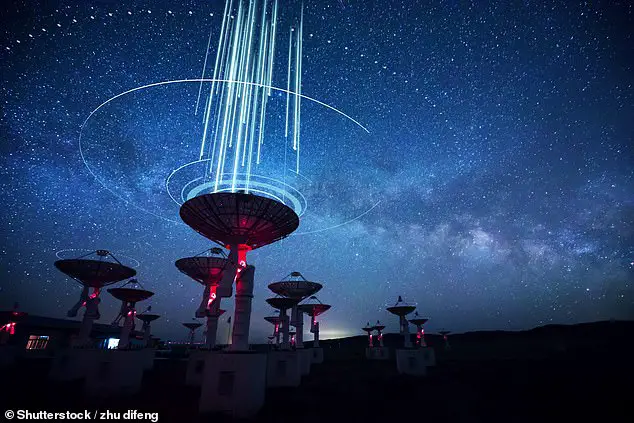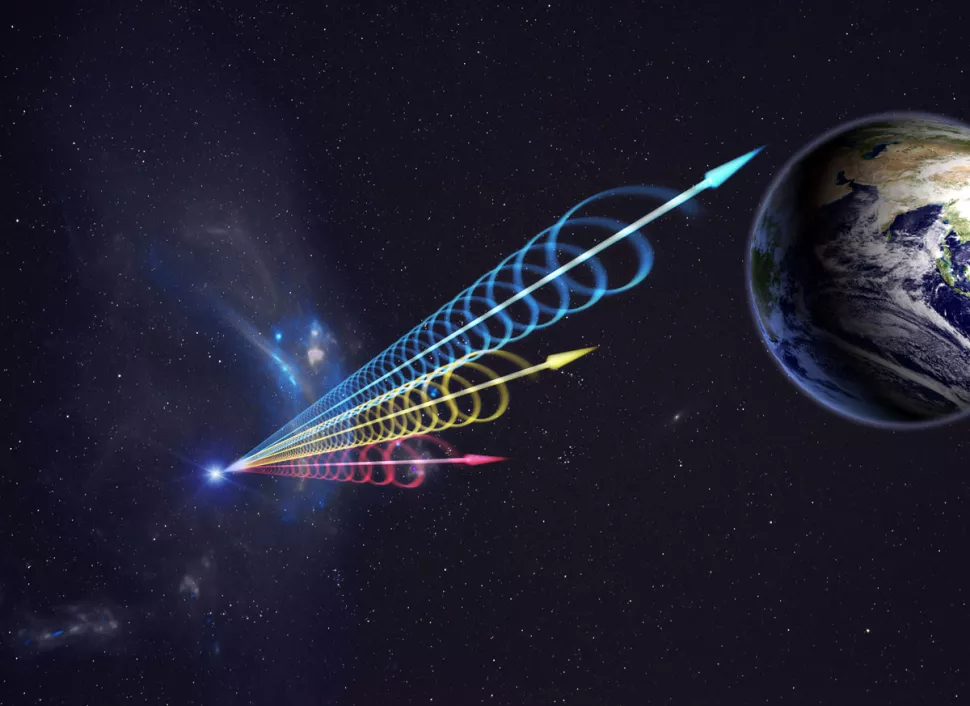Have you ever wondered what lies beyond our galaxy? Are we alone in the vastness of space? These are some of the questions that astronomers are trying to answer by studying the mysterious signals that come from distant corners of the universe.

In this article, we will explore one of the most intriguing phenomena in astronomy: fast radio bursts (FRBs).
Table of Contents
What are fast radio bursts?
Fast radio bursts are millisecond-long bursts of radio waves that are detected by radio telescopes on Earth. They are extremely powerful, emitting more energy in a few milliseconds than the Sun does in a year. They are also very rare, occurring only a few thousand times a day across the entire sky.
Mysterious new alien radio signals detected repeating with a regular 16-day cycle

Where do they come from?
The origin of fast radio bursts is still unknown, but astronomers have been able to trace some of them back to their host galaxies. Most of them seem to come from galaxies that are millions or billions of light-years away from us, meaning that we are seeing them as they were in the distant past.
How do they repeat?
One of the most puzzling aspects of fast radio bursts is that some of them repeat, while others do not. Repeating fast radio bursts send out multiple bursts of radio waves over time, sometimes in a regular pattern and sometimes sporadically. The cause of this repetition is also a mystery, but it suggests that the source is not destroyed by the emission of the bursts.
What is the latest discovery?
The latest discovery in the field of fast radio bursts is a new object named FRB 190520. This object was first detected by China’s Five-hundred-meter Aperture Spherical radio Telescope (FAST) on May 20, 2019. Later observations by New Mexico’s Very Large Array (VLA) and Hawaii’s Subaru Telescope revealed that it was located in a dwarf galaxy about 3 billion light-years away from Earth.
What makes it special?
What makes FRB 190520 special is that it is only the second known example of a repeating fast radio burst that also emits a constant source of weaker radiation between the bursts. This is similar to FRB 121102, the first and most active repeating fast radio burst, which was discovered in 2016 in another dwarf galaxy 3 billion light-years away. The similarity between these two objects suggests that they may have a common origin or mechanism.
What does this mean for our understanding of FRBs?
The discovery of FRB 190520 adds to the growing diversity and complexity of FRBs. It shows that there may be more than one type of object or mechanism that can produce these signals, and that they may have different properties and behaviors.
It also raises more questions about the nature and origin of these objects. What are they made of? How do they generate such powerful and variable radio waves? Are they related to any other known astronomical phenomena? Do they have any implications for cosmology or astrobiology?
These questions are still unanswered, but astronomers are hopeful that with more observations and data, they will be able to crack the mystery of FRBs and learn more about the extreme and exotic physics that governs them.
How can we detect more FRBs?
To detect more FRBs, we need more sensitive and powerful radio telescopes that can scan large areas of the sky and record high-resolution data. We also need more international collaboration and coordination among astronomers who use different instruments and methods to observe and analyze these signals.
What does it mean for science?
The discovery of FRB 190520 is important for science because it provides more clues about the nature and diversity of fast radio bursts. It also challenges some of the existing theories about their origin, such as magnetars, which are highly magnetized neutron stars that can produce powerful bursts of radiation. By studying these objects in more detail, astronomers hope to unravel the mystery behind these cosmic messengers and learn more about the universe we live in.
Reference(s):
Research Article: The Astrophysical Journal Letters

